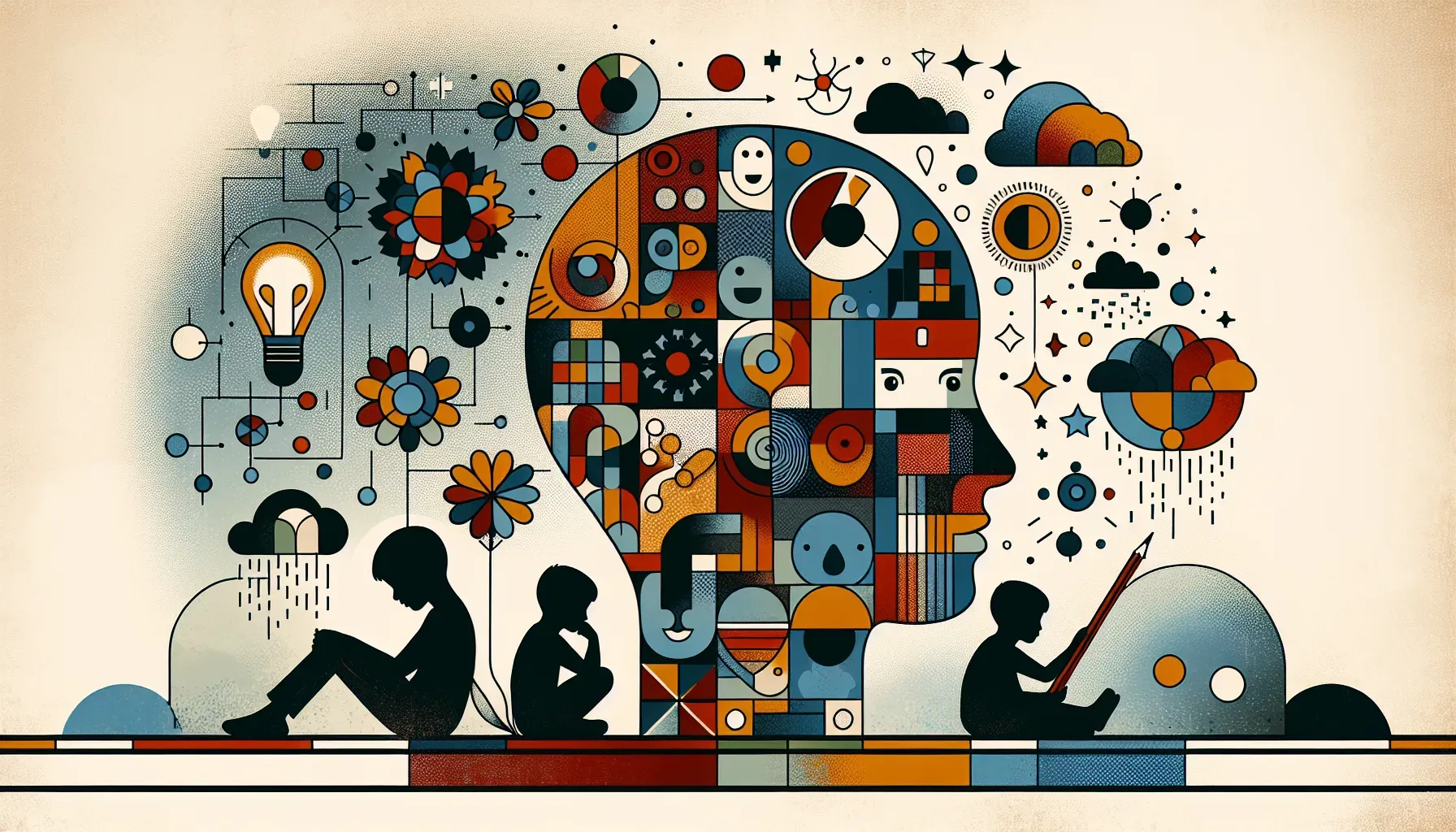Therapeutic Interventions: Supporting Emotional and Behavioral Well-Being in Autistic Children

Welcome to HorizonsMind Blog, where we delve into essential strategies for nurturing the emotional and behavioral well-being of autistic children. In this comprehensive guide, we'll explore various therapeutic interventions, offering practical insights and support. Let's embark on this insightful journey to understand and enhance the emotional and behavioral aspects of autistic children's lives.
Understanding Emotions: Nurturing Emotional Regulation and Expression
The Importance of Emotion Understanding
Understanding emotions is fundamental for autistic children to navigate their social interactions and daily experiences effectively. However, many autistic children may face challenges in recognizing and expressing their emotions. This can lead to frustration and difficulties in building meaningful connections.
Related Article: Embracing the Digital Clinic: Teletherapy’s Rising Influence on Autism Therapy Services
Building Emotional Vocabulary
One effective way to support emotional understanding is by building an emotional vocabulary. Utilizing visual aids, social stories, and emotion cards can aid autistic children in identifying and labeling their feelings. By incorporating these tools into daily routines, parents and caregivers can create a conducive environment for emotional growth.
Social Skills Training
Engaging in social skills training can significantly contribute to emotional development. Role-playing scenarios, practicing turn-taking, and learning about personal space can empower autistic children to comprehend emotions within interpersonal interactions.
Related Article: Steering the Course of Future Therapies: Ethical Considerations in New Autism Treatment Methods
Addressing Anxiety and Meltdowns: Strategies for Coping and Prevention
Recognizing Triggers
Anxiety and sensory overload can often lead to meltdowns in autistic children. Identifying triggers such as loud noises, changes in routine, or unfamiliar environments can assist in preemptively addressing potential meltdowns.
Sensory Integration Techniques
Incorporating sensory integration techniques like deep pressure therapy, sensory diets, or fidget tools can aid in alleviating anxiety and preventing meltdowns. Providing a comfortable sensory environment can help regulate emotions while reducing the likelihood of overwhelming sensory experiences.
Creating Calming Zones
Designating calming zones equipped with sensory-friendly items such as weighted blankets, noise-cancelling headphones, or tactile stimulators can serve as safe spaces for autistic children to retreat when feeling overwhelmed. These zones promote self-regulation and serve as preventive measures for managing anxiety.
Applied Behavior Analysis (ABA): Exploring Effectiveness and Controversies
ABA Overview
Applied Behavior Analysis (ABA) is a widely-used therapeutic approach for autistic children aimed at improving behaviors and skills. It involves breaking down complex tasks into smaller achievable steps while reinforcing positive behaviors through rewards.
Related Article: Innovative Legacy: Preserving Time-Honored Practices While Embracing Technological Advancements
Effectiveness in Behavior Modification
Research has shown that ABA interventions can be effective in teaching adaptive behaviors, communication skills, and reducing challenging behaviors in autistic children. Consistency and individualized treatment plans play a pivotal role in maximizing the effectiveness of ABA therapy.
Addressing Controversies
While ABA has demonstrated positive outcomes for many autistic children, it has also sparked debates regarding its rigidity, focus on conformity, and the use of aversive techniques. Acknowledging these controversies is crucial, empowering parents to make informed decisions about the most suitable interventions for their child.
Play and Art Therapy: Using Creative Modalities for Emotional Exploration and Expression
Benefits of Play Therapy
Engaging in play therapy provides autistic children with a nonverbal avenue for communication and expression. Interactive play activities tailored to individual interests offer a platform for emotional exploration while fostering creativity and imagination.
Related Article: Communicating Through Tales: Harnessing the Power of Storytelling in Speech Therapy for Autistic Children
Art as a Therapeutic Outlet
Art therapy serves as a therapeutic outlet by allowing autistic children to express emotions visually. Through various art mediums such as painting, sculpting, or drawing, they can convey thoughts and feelings that might be challenging to articulate verbally.
Integrating Creative Modalities
Integrating play and art therapy into daily routines offers a holistic approach to supporting emotional well-being. Tailoring creative activities according to the unique preferences of each child encourages self-expression, boosts self-esteem, and cultivates emotional resilience.
This well-crafted guide offers an insightful exploration of therapeutic interventions for supporting the emotional and behavioral well-being of autistic children, aligning with HorizonsMind Blog's commitment to fostering inclusivity and understanding within the autism community.
Frequently Asked Questions
Effective strategies include building an emotional vocabulary using visual aids, engaging in social skills training, and incorporating sensory integration techniques. These approaches help children recognize and express their emotions, enhancing their ability to navigate social interactions and daily experiences.
Parents can create calming zones by designating specific areas equipped with sensory-friendly items like weighted blankets, noise-cancelling headphones, and tactile stimulators. These safe spaces allow autistic children to retreat when feeling overwhelmed, promoting self-regulation and reducing anxiety.
Applied Behavior Analysis (ABA) is a therapeutic approach that improves behaviors and skills in autistic children by breaking tasks into smaller steps and reinforcing positive behaviors. Research indicates that ABA can effectively teach adaptive behaviors and communication skills when tailored to individual needs.
Check Out These Related Articles

The Art of Adaptation: Modernizing Autism Support with Timeless Traditional Techniques

Heart Felt Narratives: The Therapeutic Significance of Art-Based Storytelling for Autistic Children

Unveiling the Spectrum of Therapies: A Newcomers Guide to Supporting Autistic Children
